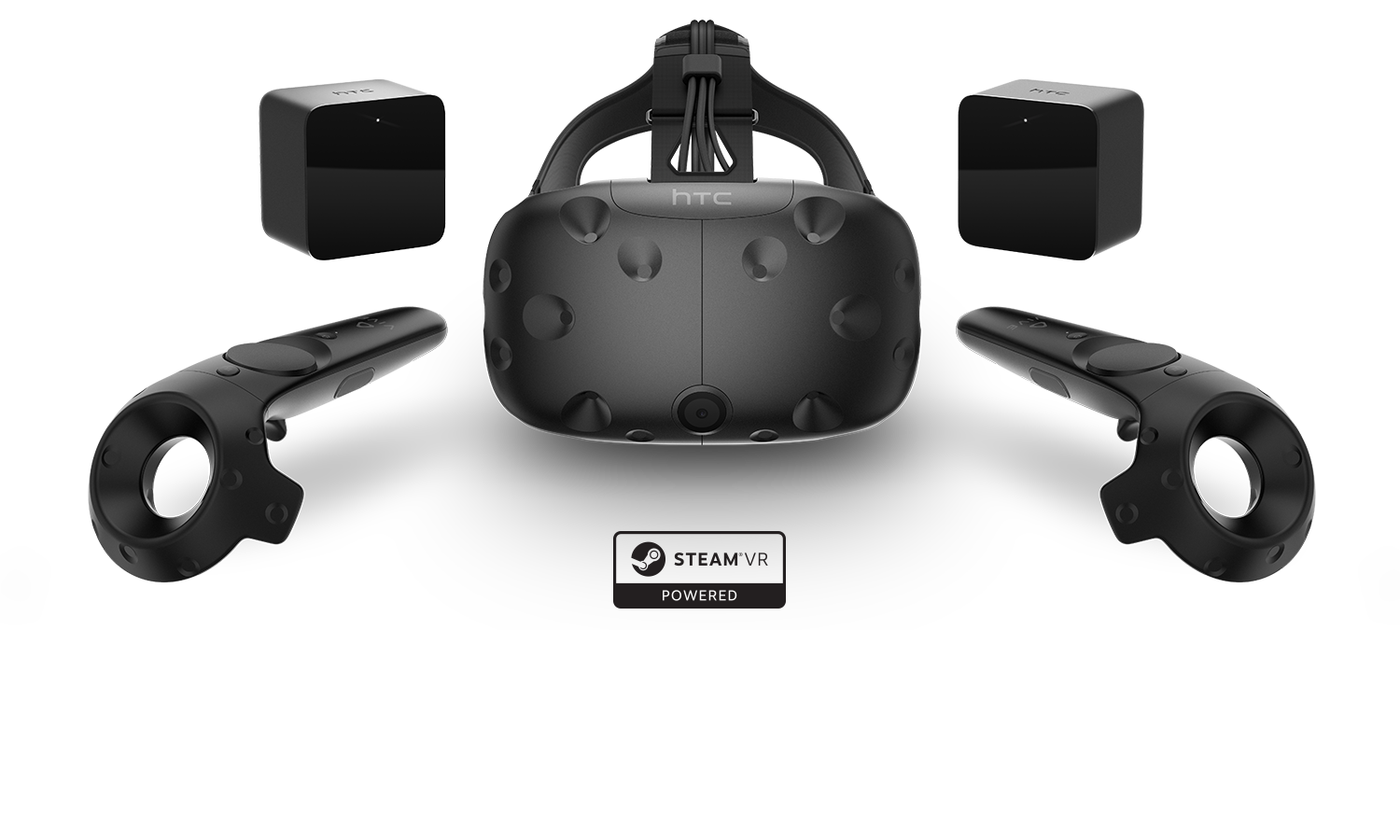We are in a very exciting time, as usual, for technology. Virtual reality has risen from the ashes thanks to Oculus’ successful Kickstarter campaign a few years ago (and subsequent acquisition by Facebook), Google Cardboard, Samsung’s GearVR, and HTC & Valve’s Vive. Not to mention augmented reality platforms like Microsoft’s HoloLens, Meta, and LeapMotion.
The problem? Well, maybe not a problem, but certainly the short-term focus has been on gaming. Almost all of the applications to be released at launch, and shortly thereafter, are games or fun things to do. That’s fine, because it helps generate excitement and sales, which will hopefully lead to long-term platform sustainability. And while there are people talking about other applications, I feel like we need to start seeing some development on them.
One application I’d really like to see more focus on, and development for now, is building and public space design (architecture as a whole, if you will). I would argue that it hasn’t been good enough for decades now for someone to simply design a building, have engineers execute on the design, and then marvel in the result. The more people I meet, the more I realize how inadequate our buildings and public spaces are. If you were to try to get around your neighbourhood or the nearest downtown core in a wheelchair for one day, how would you fare? Not well, I’d bet.
I want to see a near future where designers are not only dreaming up crazy cool spaces, but also experience them the way others do before unleashing their vision on the rest of us. Where an architect will design the first few floors of a building, then plop themselves down in a mock wheelchair of sorts, strap on a VR headset, and wheel themselves around the building. From outside into the building, moving between floors, and determining how easy it is versus the ability to do so on two feet.
Perhaps more importantly, interior designers should be doing the same. I have worked in many workplaces that I feel would be completely unnavigable in a wheel chair, or even crutches! Why? Because an overwhelming majority of able-bodied people own the buildings, design the spaces, and then work in those spaces everyday. Unfortunately we don’t all have the fortune to have full use of all four limbs all day, and it’s high time that we all feel like our abilities are being considered when new building plans are being drafted, or interiors are being renovated, or our public spaces are being built and re-built.
Designing with empathy in mind is a good start. Living the experience yourself is the next step. Virtual reality can put you in the middle of a war zone with a plastic gun, and it can also show you how the world around you has been designed assuming you have four functional limbs, or that you have 20/20 vision, or that you see a full spectrum of colours that others cannot. Being more compassionate at how others will use the things you design and envision will make you better for it.
